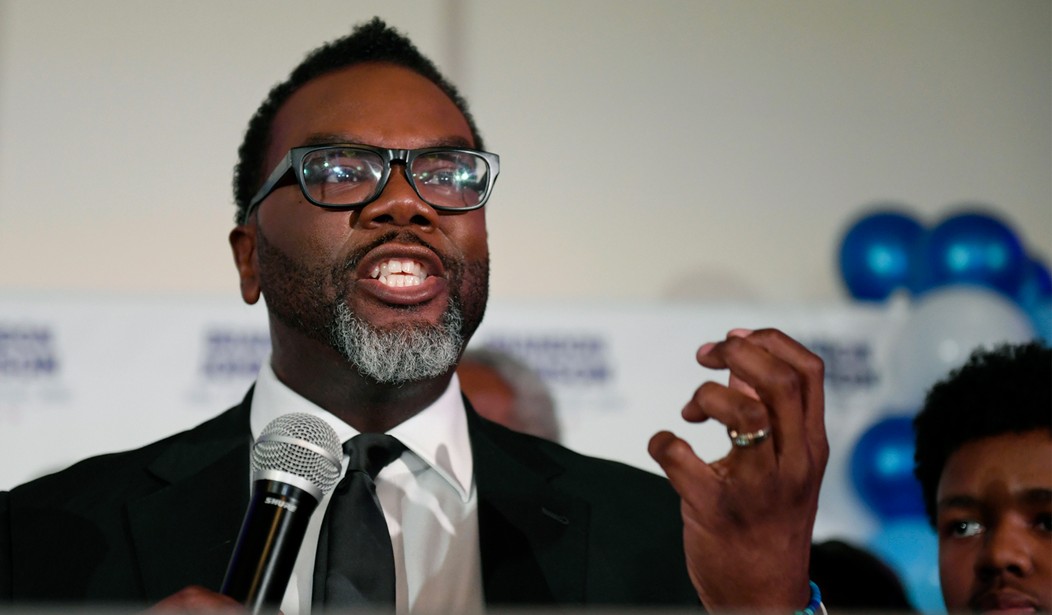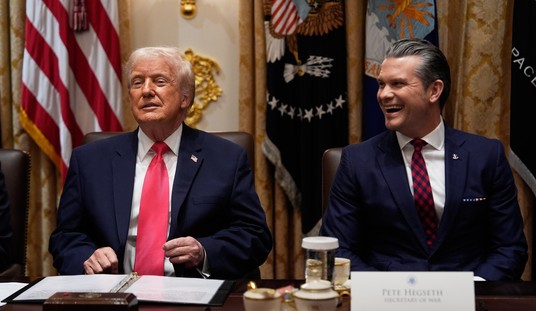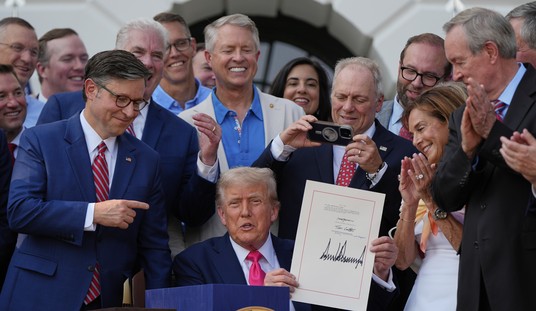In a moment of cultural inflection, we are witnessing the machinery of government being quietly and deliberately repurposed into a tool of compliance. The consequence is a diminution of the open digital square that once promised so much freedom. The party at the helm of this transformation is the Democratic Party, and their campaign to rein in social media platforms bears the marks of a strategy rooted in power, regulation, and control.
One of the most striking examples lies in California. In the "Protecting Our Kids from Social Media Addiction Act" (SB 976), the state legislature has established limits on algorithm-driven content feeds for minors, mandated default privacy settings and age verification procedures, and even treats a platform’s algorithmic choices as constituting legal “actual knowledge” for liability purposes. A federal appeals court recently upheld most of the law, allowing California to move forward with restricting what the state calls “addictive feeds” to minors.
The effect is not merely regulatory; the effect is editorial. By asserting that algorithms themselves may be regulated, coerced, or punished if they deliver “undesirable” patterns of speech, the government is effectively insisting on compliance by platforms. The law treats algorithms as if they were human curators subject to oversight, rather than tools under the control of private companies. In other words: the state is stepping in to demand not only what may occur on social media, but how it occurs.
Meanwhile, in the city of Chicago, the metaphor becomes even more overtly coercive. Mayor Brandon Johnson’s 2026 budget proposal includes what he dubs the “Social Media Amusement & Responsibility Tax” (SMART), a tax of 50 cents per user per month on large social media platforms (beyond the first 100,000 users) to raise roughly $31 million annually, earmarked for mental-health response programs. This is no benign fee; it is a tax that explicitly targets platforms for the content they facilitate, framing them as “addictive” corporations and equating social media’s influence with vices like tobacco.
What do these two cases tell us? They reveal a broader mindset: that if you cannot directly control the narrative, you can control the architecture of the platforms, you can control the economics of participation, and you can force compliance by making the cost of non-compliance unacceptable. This is not about protecting children in a narrow sense, it is about shifting power away from platforms and toward government-controlled structures.
We should not pretend these tactics emerged from some urgent public health crisis alone. They arrive at a moment when alternative forms of speech that are less filtered and less mediated by algorithms designed to suppress dissenting voices are gaining traction. A turning point occurred when Elon Musk acquired Twitter and turned it into X, signaling a rollback of certain censorship practices; and when Mark Zuckerberg and his team eased restrictions on another major platform. Suddenly, the old narrative-control matrix loosened – so the political class responded.
The Democrats do not call this “compliance”; they call it “protection.” But make no mistake: when the government threatens taxation or imposes algorithmic regulation, when it invites lawfare and regulatory overhang as a standard for platforms to obey, it becomes less a guardian of free speech and more an arbiter of acceptable speech.
They are, in effect, the party of cancel culture writ large: instead of relying solely on private actors to moderate speech, they adopt the apparatus of the state to do the heavy lifting. If you step out of line, you will not only lose platform access, you may lose access to the market, you may face compliance costs, and you may face forced engineering of your algorithmic apparatus. That is law-fare. That is regulatory coercion.
The narratives built into the law are clear: Platforms must not serve as a home for unvetted, “harmful” content; minors must be shielded; algorithms must be tamed; corporations must pay their share for the “mental-health consequences” of prolonged use. All of which sounds benign. But the effect is chilling to the idea of decentralized digital public squares where ideas can compete without someone upstream holding the leash.
The most dangerous part is that these strategies are being justified on moral grounds, such as protecting children, curbing addiction, and regulating Big Tech. However, in practice they serve as tools of compliance for a party that senses its grip on narrative is slipping. When the government holds the tax hammer, anyone who refuses to align with the preferred narrative faces not just criticism but the risk of regulatory gravity.
What does this mean for society? It means the genuine marketplace of ideas is under pressure, not just from private moderation, but from government-mandated moderation. It means platforms will increasingly be engineered not for human flourishing but for regulatory safety, compliance, and algorithmic meekness. It means that free speech, in its most vibrant sense, becomes a liability rather than a right.
I believe deeply, as someone who leads in the space of human-first innovation at Pickax, that technology should serve truth, foster community, and honor the human image. But when government uses regulation, taxation, and lawfare to force platforms into ideological alignment, we lose that vision.
Editor’s Note: The Schumer Shutdown is still ongoing, and polls are now showing Americans are increasingly blaming the Democrats for this mess, but we can’t let them spin their way out of it.
Help us expose the truth—sign up with promo code POTUS47 for 74% off your VIP membership.









Join the conversation as a VIP Member